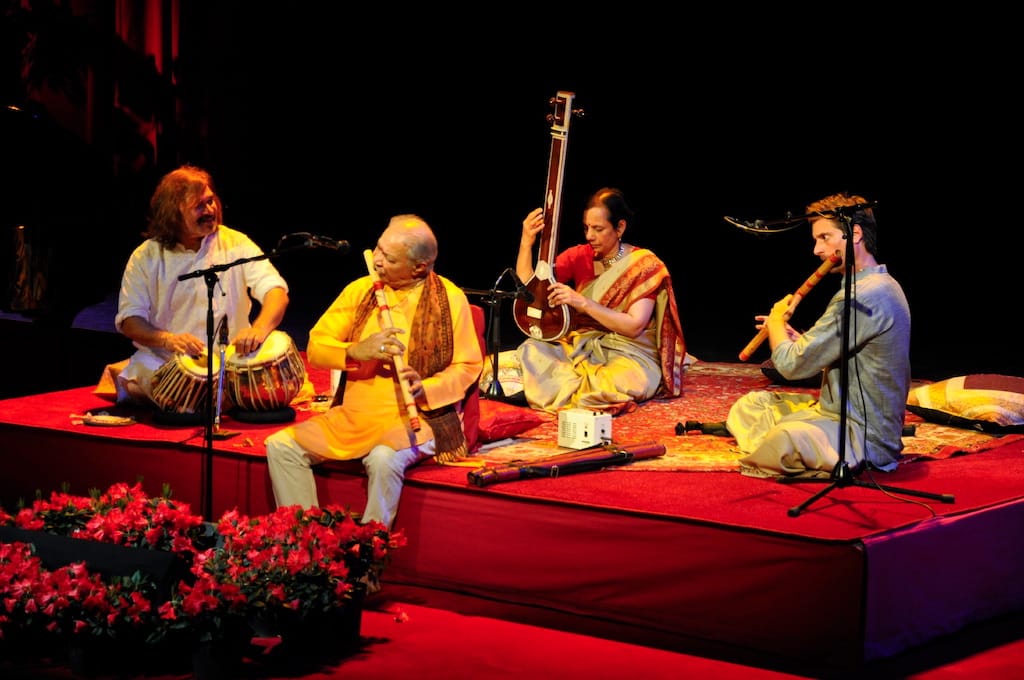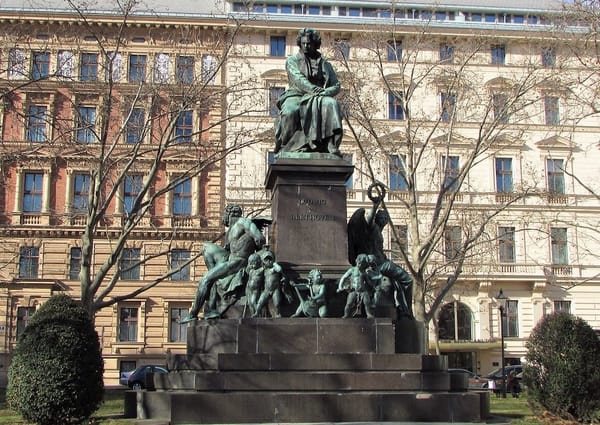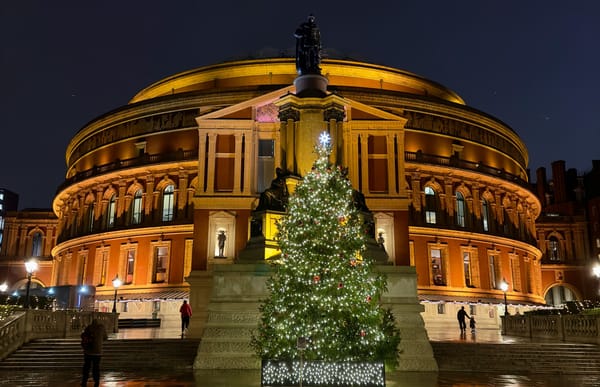The Role of Improvisation in Indian Classical Music

Indian classical music, encompassing both Hindustani and Carnatic traditions, is renowned for its rich tradition of improvisation. Unlike many Western classical music forms, where compositions are meticulously notated and performed with minimal deviation, Indian classical music thrives on the spontaneous creativity of the musician. This improvisational element is a defining feature, allowing performers to explore the depths of a raga (melodic framework) and tala (rhythmic cycle) in unique and personal ways.
Concept of Improvisation in Ragas and Talas
Ragas
A raga is more than just a scale or a collection of notes; it is a melodic framework for improvisation and composition. Each raga has specific rules regarding its ascending (arohana) and descending (avarohana) scales, prominent and subordinate notes (vadi and samvadi), and characteristic phrases. The essence of a raga lies in its ability to evoke a specific mood or emotion (rasa), which the musician brings out through improvisation.
Improvisation in Ragas:
- Alap: The alap is the initial, unmetered section of a raga performance. It serves as a slow, meditative exploration of the raga’s melodic possibilities. The musician gradually introduces and develops the raga, highlighting its key notes and phrases without the constraints of rhythm. This section sets the mood and prepares the listener for the more structured parts of the performance.
- Jod and Jhala: Following the alap, the jod introduces a sense of rhythm, albeit without a fixed tala. The jhala is a faster, more rhythmic section where the musician showcases technical prowess and intricate rhythmic patterns.
- Bandish/Gat: In the Hindustani tradition, the bandish (vocal) or gat (instrumental) is a fixed composition that serves as the basis for further improvisation. The musician weaves in and out of the composition, creating variations and embellishments while adhering to the raga’s framework. In the Carnatic tradition, kritis serve a similar purpose.
- Tan and Sargam: Tans are fast, intricate melodic runs, and sargam refers to singing the notes (sa, re, ga, ma, etc.) of the raga. These elements are often used in improvisation to demonstrate virtuosity and deepen the exploration of the raga.
Talas
Tala is the rhythmic framework in Indian classical music, analogous to the concept of meter in Western music. Each tala has a specific number of beats (matras) and a unique structure, with stressed and unstressed beats creating a cyclical pattern.
Improvisation in Talas:
- Layakari: Layakari involves varying the tempo and rhythmic patterns within a tala. Musicians may speed up or slow down their phrases, creating complex rhythmic interplay and tension.
- Tihai: A tihai is a rhythmic pattern repeated three times to conclude a section, ending on the first beat (sam) of the tala. It is a powerful improvisational tool that musicians use to create dramatic effects and resolve rhythmic tension.
- Bols and Solkattu: Bols are rhythmic syllables used to denote drum strokes, and solkattu is the verbalization of rhythmic patterns. Musicians use these elements to improvise complex rhythmic phrases, often engaging in a call-and-response with the accompanist.
Techniques Used by Musicians
Indian classical musicians employ various techniques to enhance their improvisations and keep their performances engaging and dynamic. Here are some of the key techniques:
- Meend (Gliding): Meend involves smoothly gliding between notes, creating a fluid and expressive sound. This technique is essential for conveying the subtle nuances of a raga.
- Gamaka (Ornamentation): Gamakas are embellishments added to notes to enhance their expressiveness. These include oscillations, slides, and other microtonal variations that give Indian classical music its distinctive character.
- Bol-Banav: In vocal music, bol-banav refers to the creative variation and elaboration of the lyrics. Singers manipulate the text rhythmically and melodically to create new and intricate patterns.
- Tantrakaari: For instrumentalists, tantrakaari techniques involve intricate fingerwork and plucking patterns, especially on stringed instruments like the sitar and veena. These techniques allow musicians to produce rapid and complex melodic runs.
- Muktaayis and Sanchari: These are specific types of improvisational passages used in Carnatic music. Muktaayis are concluding phrases that bring a section to a close, while sanchari passages explore the middle registers of the raga.
Examples from Notable Performances
Ustad Ali Akbar Khan (Sarod)
In his rendition of Raga Chandranandan, Ustad Ali Akbar Khan begins with a slow, contemplative alap, gradually unveiling the raga’s serene and reflective mood. As he progresses into the jod and jhala, his intricate meend and gamakas highlight his deep understanding of the raga’s emotional depth. The gat that follows showcases his ability to seamlessly blend fixed compositions with spontaneous improvisation, creating a performance that is both technically brilliant and deeply moving.
Pandit Ravi Shankar (Sitar)
Pandit Ravi Shankar’s performance of Raga Yaman is a masterclass in improvisation. His alap is characterized by exquisite phrasing and subtle nuances, establishing the raga’s evening mood. As he moves into the gat, his use of layakari and tihai adds rhythmic complexity and excitement. The rapid tans and sargams demonstrate his virtuosity, while his ability to maintain the raga’s integrity and emotional impact is a testament to his genius.
Dr. M. Balamuralikrishna (Vocal)
In his rendition of the Carnatic raga Kalyani, Dr. M. Balamuralikrishna’s improvisational prowess shines through. His alapana is an exploration of the raga’s expansive possibilities, using gamakas and bhrigas (rapid note sequences) to create a rich tapestry of sound. The kriti “Amma Ravamma” becomes a canvas for his imaginative niraval and kalpana swaras, where he weaves intricate melodic and rhythmic patterns, captivating the audience with his creativity and technical skill.
L. Shankar (Double Violin)
L. Shankar‘s innovative use of the double violin in Raga Simhendramadhyamam showcases his ability to push the boundaries of traditional Carnatic music. His alapana is marked by inventive phrasings and bold explorations of the raga’s chromaticism. In the tanam section, his rhythmic improvisation, combined with the unique sound of the double violin, creates a mesmerizing effect. The ragam-tanam-pallavi segment is a tour de force of improvisation, blending traditional techniques with contemporary sensibilities.
Conclusion
Improvisation in Indian classical music is not just a display of technical skill but a profound expression of the artist’s creativity and emotional depth. By understanding the concepts of raga and tala, recognizing the techniques used by musicians, and appreciating examples from notable performances, listeners can gain a deeper appreciation of this rich and complex art form. Indian classical music’s improvisational nature allows it to remain ever-fresh and vibrant, inviting each listener to embark on a unique and transformative musical journey.





